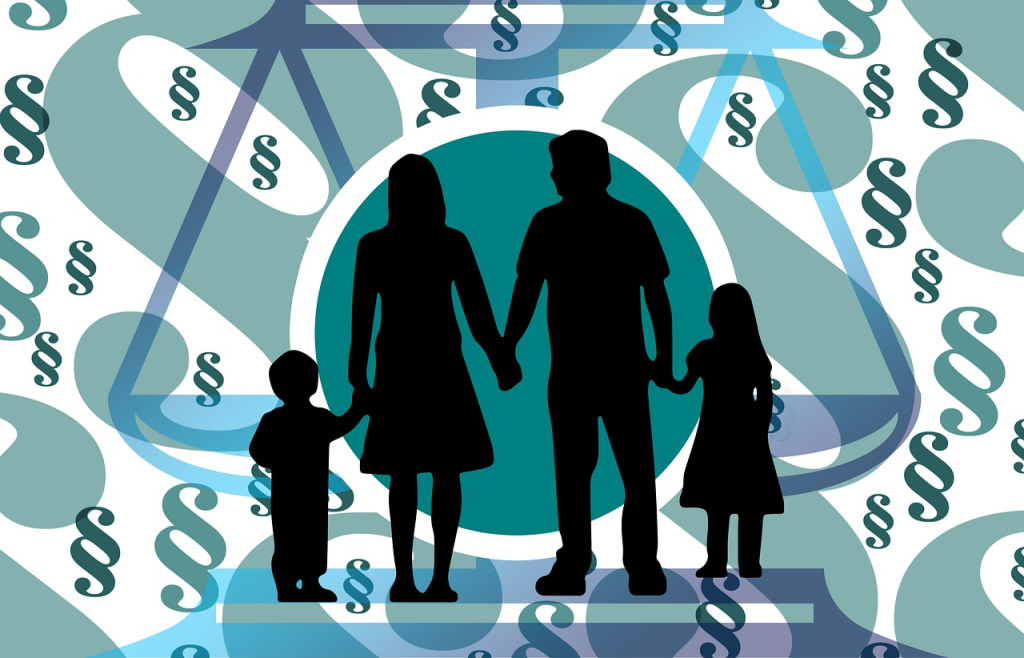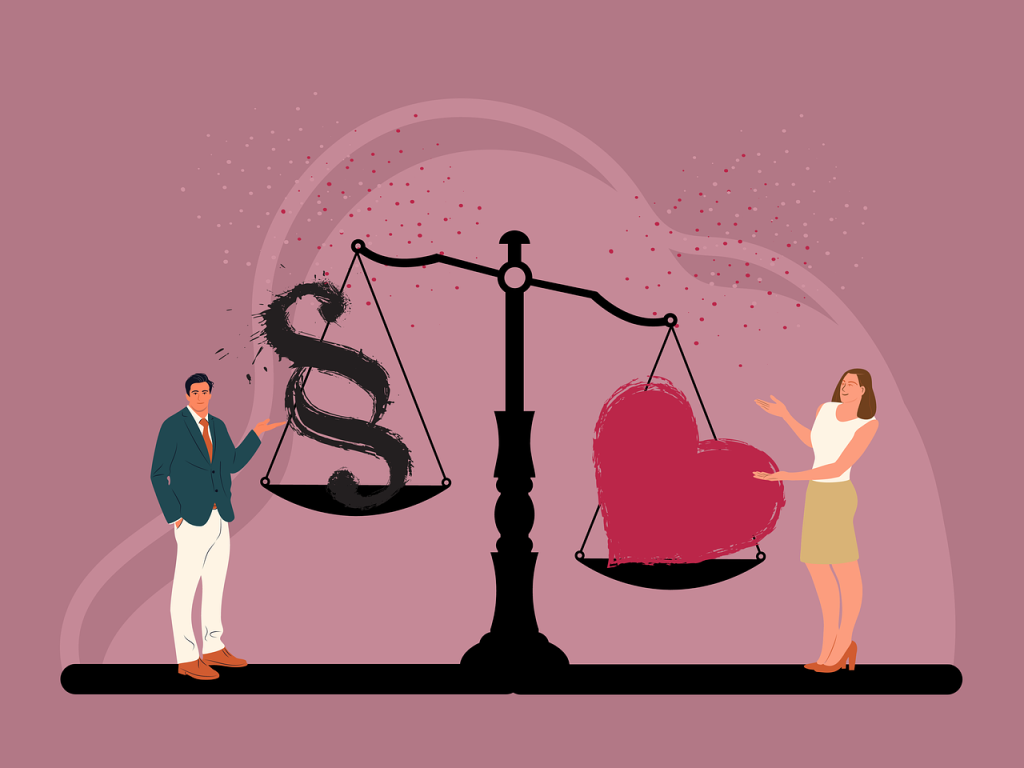Dividing assets is often a major focus during divorce, but the question of who should bear responsibility for debts can be just as important—and often, far more contentious. In Singapore, the law treats debt with the same level of seriousness as property when dissolving a marriage. If both parties have accumulated shared liabilities during the marriage, figuring out how these debts are allocated becomes a key part of the divorce settlement process.
This issue does not just involve legal fairness but can also affect long-term financial stability, credit scores, and future borrowing power. Understanding how Singapore’s legal system handles shared debts in a divorce is essential for navigating this complex and often emotionally charged process.
This issue does not just involve legal fairness but can also affect long-term financial stability, credit scores, and future borrowing power. Understanding how Singapore’s legal system handles shared debts in a divorce is essential for navigating this complex and often emotionally charged process.
Understanding the Legal Definition of Shared Debt
Not all debt incurred during a marriage is considered shared debt. The distinction depends largely on the purpose of the debt and how it benefited the family. Under Singapore’s Women’s Charter, debts are generally examined in conjunction with the division of matrimonial assets. If a debt was incurred jointly or for the benefit of the family, it is more likely to be included in the pool of liabilities considered during the divorce process.
Examples of shared debt typically include mortgage loans used to finance the family home, car loans for a vehicle used by the family, education loans taken for children, or credit card bills accumulated for household expenses. On the other hand, personal loans used for gambling, extravagant personal purchases, or debts incurred without the other spouse’s knowledge for private gain may be treated as personal liabilities rather than shared responsibilities.
The courts will analyze each debt individually to determine whether it qualifies as matrimonial, and this evaluation is often based on documentation, the timing of the borrowing, and how the funds were spent.
Legal Framework for Dividing Liabilities
Singapore law gives the Family Justice Courts broad discretion to divide both assets and liabilities in a manner that is just and equitable. When dividing matrimonial assets under Section 112 of the Women’s Charter, the court may also consider the debts and liabilities tied to those assets. This ensures that the net value of what each party receives reflects both their contributions and the financial obligations tied to those assets.
For example, if a couple owns a jointly mortgaged HDB flat, the court may award the flat to one spouse but also require them to take over the remaining mortgage liability. Alternatively, the flat may be ordered sold, and the outstanding loan repaid from the proceeds before dividing the remainder between both parties.
In some cases, the court will not split debt equally but will instead allocate it based on contribution, need, and ability to repay. If one spouse has a significantly higher income or more financial resources post-divorce, the court may assign a larger share of debt repayment to that spouse. Similarly, if one party was primarily responsible for the accumulation of the debt, they may be required to shoulder more of or entire the repayment.

Joint Debt vs. Individual Debt
A crucial point of confusion arises when determining whether a debt is legally joint or merely perceived as shared. A debt is legally joint if both parties are co-borrowers on a loan or co-signers on a credit facility. This includes home loans, joint credit cards, and car financing arrangements signed by both parties. These debts are binding on both individuals, and the lender can legally pursue either or both for repayment, regardless of the divorce outcome.
Conversely, individual debts incurred by one party in their sole name are typically their sole legal responsibility—unless the funds were used for the family’s benefit. For instance, if a husband takes out a personal loan in his name to pay for household renovations or family travel, the court may still treat it as a shared debt, despite its legal status.
The important distinction is that the court can apportion responsibility for repayment in its judgment, but that does not override the lender’s legal rights. If your name is on the debt, and the other party defaults, the bank can still hold you liable—even if the court has ruled that your ex-spouse is supposed to pay. As such, careful post-divorce financial planning is essential to avoid damaging your credit or facing enforcement action.
Strategies for Managing Shared Debt After Divorce
Because the divorce court’s decision does not bind third-party creditors, couples must take proactive steps to separate their financial obligations wherever possible. This includes refinancing joint loans, closing shared credit cards, and ensuring that any agreed-upon debt repayment arrangements are followed up with formal documentation and communication with lenders.
Where property is involved—such as a flat or vehicle with an outstanding loan—the party keeping the asset will typically need to refinance the loan into their sole name. This may require credit approval and proof of income. If refinancing is not possible, selling the asset and clearing the debt from the proceeds may be the only viable solution.
In the case of unsecured debt, such as joint credit cards, both parties should arrange to pay off the balance and close the account. If this is not possible, a debt repayment plan or division agreement should be drawn up and, if needed, enforced through a court order. However, banks and financial institutions are under no obligation to recognize such court orders, so monitoring and follow-up is necessary.
Some couples opt for private settlement agreements outside of court that detail who pays which debts. While these can provide clarity, they should be formalized and approved by the court as part of the ancillary orders to ensure enforceability.
What If One Spouse Refuses to Pay?
Non-compliance with a court-ordered debt division can be a major problem. If one party refuses to repay their share, the other may be left carrying the full burden—especially in the eyes of the lender. The affected spouse may return to court to seek enforcement, such as a garnishee order or attachment of earnings. In extreme cases, persistent non-payment may even lead to committal proceedings (which is an application for contempt of court), though this is generally a last resort.
For this reason, couples are advised to structure settlements in a way that minimizes ongoing joint liability. Transferring debt entirely to one party or selling assets to settle debt can prevent future complications.
Credit Rating and Future Borrowing
Another critical consideration is how debt division affects each party’s credit standing. If debts remain unpaid, or one spouse defaults on a joint loan, both parties may see their credit scores suffer. This can impact future loan applications, including housing and car financing, and can even affect job prospects in some sectors.
To protect your credit, it’s vital to keep track of all loans with your name on them post-divorce. Close joint accounts where possible, and follow up with creditors to confirm changes in liability. Maintaining documentation of all agreements and payments is also useful if legal action becomes necessary in the future.

Debts Tied to Business or Family Obligations
Some divorces involve debts related to family businesses, investments, or obligations to extended family. These cases can be especially complex. For instance, if both spouses jointly guaranteed a business loan, both remain liable even if only one was actively involved in the company.
The court may still consider the business debt matrimonial if the income supported the family lifestyle or if both parties benefited from it. In such scenarios, financial disclosure and forensic accounting may be necessary to clarify how the funds were used and who should repay them.
In families where debts were incurred to support elderly parents or siblings, the court may weigh cultural expectations alongside legal standards, particularly in cases where such support was consistent and mutually agreed during the marriage.
Conclusion
Debt is an often-overlooked but deeply significant aspect of divorce in Singapore. While the legal system provides tools for fair division, the practical realities of dealing with joint liabilities, creditor obligations, and financial stability require proactive effort and careful planning. Understanding which debts are truly shared, how responsibility is allocated, and how to manage obligations after divorce can prevent long-term financial fallout.
Ultimately, the goal is to untangle not just emotional and legal bonds but also the financial web that often keeps couples connected long after the marriage ends. With clear legal advice, transparent communication, and thoughtful negotiation, it’s possible to navigate shared debt in a way that supports a clean and equitable separation.